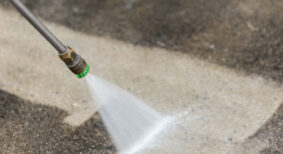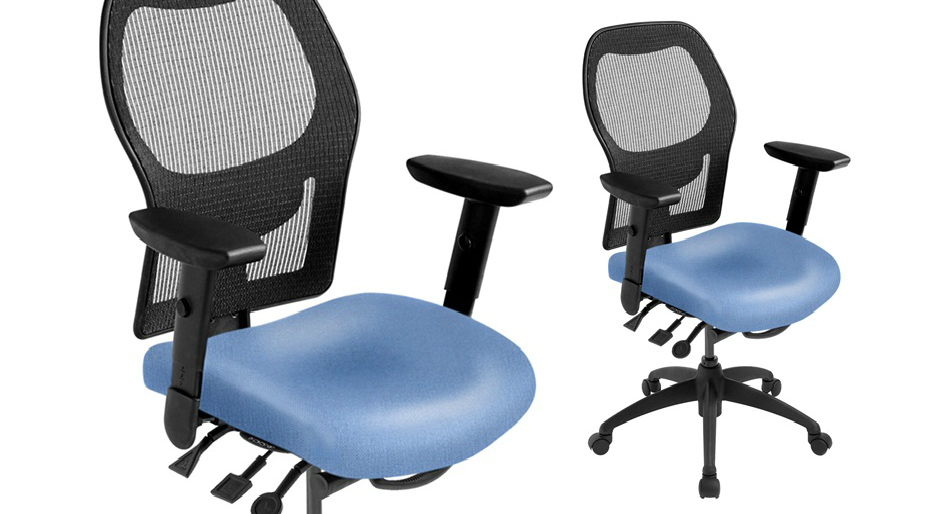Bedbugs are becoming a huge concern in North America, spreading throughout hotels, stores, offices, apartment buildings, on transit (buses and subways) and even in healthcare facilities. Bedbugs are not particularly fussy about where they reside. As long as there is a place to hide and a convenient blood meal close by, they will be quite content.
Yet, there is an unfair stigma associated with bedbugs. Some people think that they only live and thrive in cluttered and dirty places or in underdeveloped or poor neighborhoods. Although clutter and unsanitary conditions may provide additional places for them to hide and harbor, bedbugs can still be found in high-quality hotels and healthcare facilities.
To catch a bug, you need to think like a bug and understand how they breed, what they feed on and what environmental conditions are ideal for harborage and reproduction.
Creativity helps Canadian facility fight bedbugs
Sometimes, a little creativity goes a long way when dealing with bedbugs. Recently, ergoCentric, a North American designer and manufacturer of high-quality ergonomic chairs, developed a bedbug-resistant office chair for a large Canadian-based call centre that was dealing with an infestation.
This call centre, which has more than 800 office chairs that are occupied 24 hours a day by three separate shifts, found bedbugs inside its office seating.
To create a bedbug resistant chair, ergoCentric used guiding principles of understanding how bedbugs breed, feed and live. As a result, they removed all seams and crevices where a bedbug might reside in a chair.
First, they upholstered the seat in vinyl. Next, the seams underneath the seat pan created by the upholstery process were sealed with IC+ Upholstery Solution. This proprietary coating completely seals the surface, forming a seamless, moisture and bedbug proof barrier. The back rest was made of mesh, which eliminated all possibilities of eggs being laid in the backing and other hiding areas of the chair. The back rest does, however, include a lumbar support which ergoCentric was able to make completely seamless, eliminating a further harboring point for bed bugs.
The only areas of this chair that were open for bedbugs to reside were the casters and the adjustable arms of the chair. The team decided that the ergonomic importance of mobility, with the casters and adjustments of the arms, out-weighed the risk of bedbug infestations. However, the casters and adjustable arms can be easily removed and treated with pesticides or placed in a freezer for up to five days. This will kill all bugs including the eggs.
The call centre placed the ergoCentric bedbug resistant chair in an infected area of the facility, along with other prototype chairs for evaluation. After being exposed to the bedbug infestation for more than a week, the company brought in bedbug sniffing dogs to search for the pests.
As it turned out, the ergoCentric chair was the only chair in the room that did not house bedbugs. This is because the research and development team at ergoCentric built the chair on the principles of “If you want to eliminate a bug, think like a bug,” and removed all potential cracks, crevasses and seams from the chair, creating a place where these bugs could no longer hide, breed or lay eggs.
Early detection, reporting and taking action will eradicate bedbugs from a facility. Working closely with a reputable pest control provider and asking industry providers to create items to help combat infestations are key to a successful pest management plan.
To catch a bedbug
Bedbugs are small, flat, oval-shaped bodied insects that look like small apple seeds. Adults are brown in colour and their bodies redden after feeding. Full-grown bedbugs measure between four and five millimetres. If people look closely at an adult, they will see wing pads; however, these pads never fully develop into functional wings. So bedbugs don’t fly or even jump, which causes curious minds to wonder how they can possibly get around.
They hitchhike. They crawl into luggage, seams of clothing, backpacks, boxes and other items that help them move from one location to another. An individual can bring a hitchhiker bedbug into the transit system where it is then dropped off and picked up by an unsuspecting bystander who can bring this bug into their workplace, home or any location.
Don’t let the bedbugs bite
Bedbugs cause a huge emotional and psychological toll on individuals who are exposed to them at work or home.
A bedbug’s life begins with an egg which is white, approximately one millimetre in length and resembles a grain of salt. Whether laid as a single egg or in clusters, eggs are placed within tight cracks or crevices, such as seams of a mattress or inside chairs. The female bedbug can lay between one and five eggs each day and may lay up to 500 eggs within one lifetime. The lifespan of a bedbug is approximately one year, and just one impregnated female hitchhiker can evolve into an infestation within your facility.
Bedbugs evolve from eggs to young nymphs and pass through five molt stages before reaching maturity. Although nymphs look similar to adults, they are smaller in size and not sexually mature. Young nymphs are yellow-white in colour and start to turn reddish-brown as they mature. In order to complete a molting stage, each nymph requires a blood meal. Nymphs molt and become adults within five weeks.
When bedbugs reach maturity, they feed weekly, taking a blood meal from warm-blooded animals and humans.
Bedbugs pierce human skin with elongated beaks and extract blood. Bedbug bites are not initially painful and can actually go unnoticed for hours or days. Not everyone reacts to the bedbug bite; however, some individuals develop itching, red welts or swelling the day after being bitten. To date, bedbugs have not been known to transmit diseases; however, secondary infections can occur from scratching an area of the skin that has been bitten.
It is important to avoid scratching the affected area. If a rash develops or becomes infected, a person should seek immediate medical attention.
Bug off: what to do
Once a facility becomes infested, it can be very difficult and costly to remove bedbugs, and will require support from experts such as a reputable pest control provider. Organizations should educate their staff to identify, catch and report all pests within a facility, including bedbugs. Early detection and reporting will help eliminate them before they multiply and spread, causing infestation.
If an issue is identified, strategically place two-sided tape around the room and in front of doorways leading outside the area of concern. Bedbugs that scatter will get caught on the tape and will be prevented from moving to a new location in the facility. The tape is also a great way to help determine where they are coming from. Place tape between the blood meal and surfaces in the room. For example, in a bedroom, place tape on the legs of the bed, night table and areas surrounding the bed. When the bedbug comes out to take a blood meal, it will get stuck on the tape.
Bedbug treatments include laundering bed linen and clothing, which should be washed in hot water and dried for 20 minutes or more. When removing bed linen and clothing infested with bedbugs, it should be placed in a plastic bag before being transported to the laundry facility. Bags must be tied up and secured in order to ensure bedbugs don’t fall out and find a new home.
Vacuum cracks, seams and crevices, including baseboards and carpets, to remove bedbugs and eggs. It is very important to dispose of the vacuum bag carefully and immediately after vacuuming and also clean out the vacuum. Bedbugs that survive the vacuum process will simply walk out of the vacuum and find a new home.
Steam cleaning cracks, seams and crevices with high pressure steam will kill bedbugs and their eggs on contact. This is a very effective process for killing bed bugs on luggage, carpets, bags, mattresses, seams of chairs and other furnishings.
If there are books or items that cannot be steamed, put them in plastic bags and place them in a freezer for up to five consecutive days. Bedbugs will die in extreme heat or extreme cold.
In addition to these efforts, a pest control service may apply approved pesticides to kill off bedbugs and eggs. It is important that the application of pesticides is controlled and applied by certified pest control technicians. Inappropriate use of these products can cause negative health effects and even spread the bedbugs to other locations in a building.
Keith Sopha is president of the Canadian Association of Environmental Management and founder of CleanLearning. He is responsible for international business development for healtHcentric – ergoCentric Seating Systems and provides environmental services consulting on best practice cleaning and disinfection.









